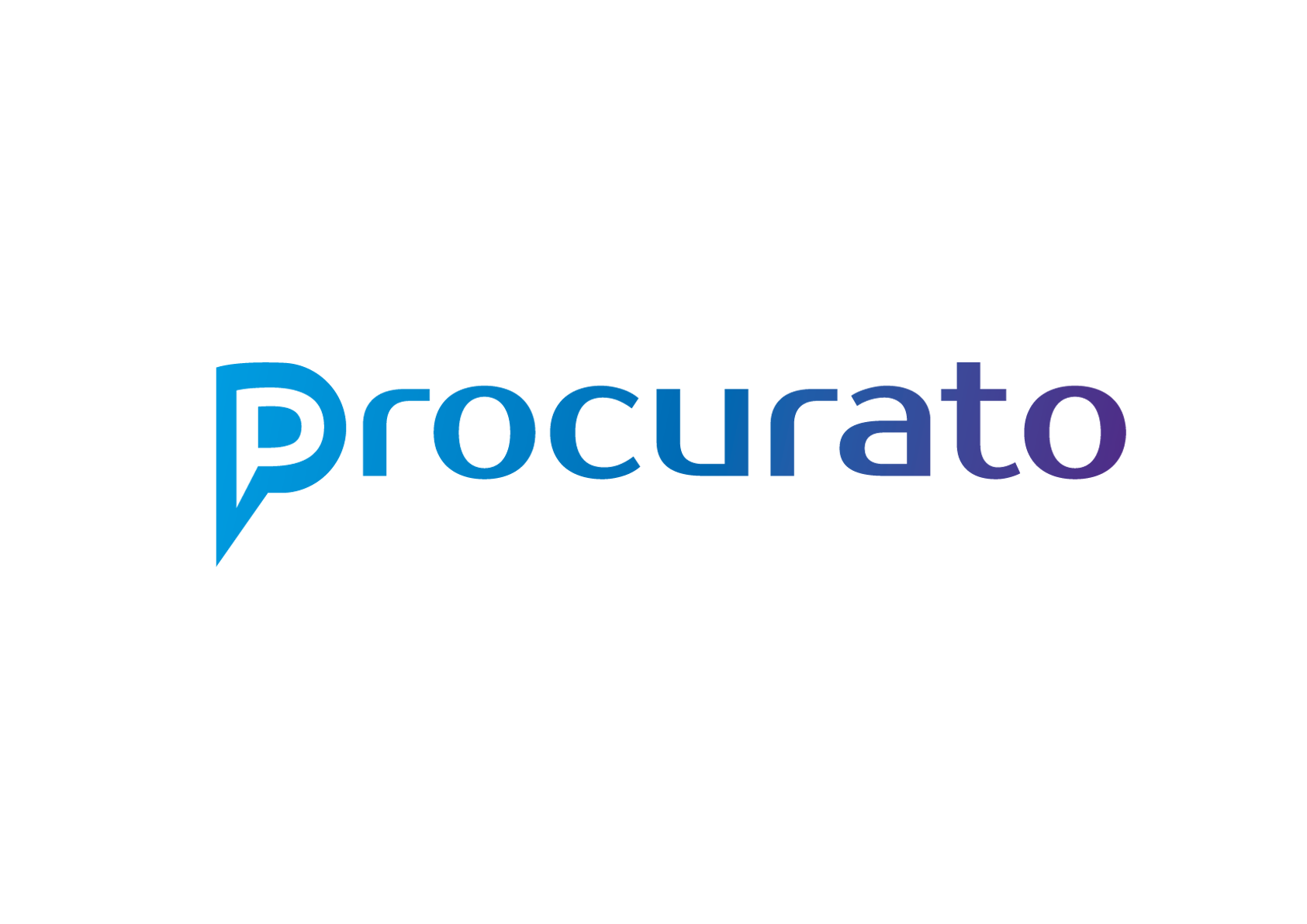UK Insurance Tariff Impact: Why US Tariff Changes Pose Limited Inflation Risk for Motor and Property Sectors
- Procurato Team

- 1 day ago
- 4 min read
Updated: 12 minutes ago
April 2025
Recent US tariff changes are not expected to significantly impact the UK insurance sector, particularly in relation to motor and property repair costs. A detailed analysis of tariff-related developments reveals that while certain input costs remain under scrutiny, the broader inflationary trajectory for insurers remains stable, with minimal disruption anticipated across supply chains and pricing structures.
Last update as of 12 May:
The US and China have agreed to a 90-day tariff reduction, which may have the opposite effect on certain globally traded commodities and, in turn, a contrasting impact on insurers.
Motor Insurance Repairs: Stability Amidst Tariff Shifts
Labour, paint, and parts — the three principal components of motor repair costs — are largely unaffected by the latest tariff announcements. Labour, which comprises approximately 40% of repair expenses, continues to experience upward cost pressure, primarily due to ongoing skills shortages rather than any tariff-related factors.
Paint, representing around 25% of costs, continues to face persistent inflation. However, this is driven by underlying market dynamics and energy-related input costs, rather than tariff adjustments.
Parts, which account for roughly 35% of total motor repair expenses, appear to be well-contained. Falling input prices and reduced freight costs are mitigating the effects of minor currency depreciation, thus keeping parts inflation in check. Furthermore, early primary research has not identified any significant disruption in parts availability or lead times.
Breakdown of Motor Repair Cost Drivers
Cost Element | Trend Before Tariff Announcement | Trend After Tariff Announcement | Observations |
Materials | Decreasing | Further decreases | Input prices for key materials were already falling and declined further post-announcement. Copper remains volatile. |
Currency | Strong and stable | Depreciated | Around 70% of parts are imported. Sterling’s depreciation modestly affects pricing. |
Freight Costs | Decreasing | Further decreases | Significant declines in freight rates continue, aiding import economics. |
Energy Costs | Increasing | Decreasing | Natural gas prices have fallen, particularly in the UK, easing manufacturing costs. |
Oil | Increasing | Decreasing | Oil prices dropped sharply post-tariff, despite a possible rebound ahead. |
Interest Rates | Decreasing | Expected to fall faster | Accelerating rate cuts will reduce financing costs across the repair supply chain. |
Labour Costs | Increasing | No material change | Tight labour markets and skills shortages persist; tariffs have no direct impact. |
Paint Costs | Increasing | No material change | Paint inflation continues due to structural price pressures unrelated to tariffs. |
Table 1: Breakdown of Motor Repair Cost Drivers. Source: Procurato, 2025.
Property Insurance Repairs: Modest Inflationary Easing
In the property repair segment, the recent tariff landscape suggests a modest reduction in materials cost inflation. Key materials such as structural steel, concrete, and certain plastic fixtures have seen price softening, contributing to a more favourable outlook for insurers, particularly in large reinstatement scenarios such as fire or building collapse claims.
Despite this, paint continues to stand out as an inflationary hotspot, with prices rising between 7% and 9%. This increase is largely attributed to energy-driven input costs. Timber, plastic, and metal fixtures used in internal repairs are experiencing gentle inflation of around 1–2%, a trend that warrants ongoing monitoring but is not yet a major concern.
Labour remains the dominant cost driver in property repairs, typically accounting for 55–65% of total repair costs. While unaffected by tariffs, labour costs continue to climb due to a persistent skills shortage and elevated demand linked to government infrastructure projects.
Breakdown of Property Repair Cost Drivers
Cost Element | Trend Before Tariff Announcement | Trend After Tariff Announcement | Observations |
Materials | Decreasing | Further small decreases | Key inputs like steel, concrete, and plastics are continuing to decline. Paint inflation remains elevated. |
Currency | Strong and stable | Depreciated | Approximately 70% of materials are imported; currency weakness modestly impacts prices. |
Freight Costs | Decreasing | Further decreases | European and global container freight rates continue to drop. |
Energy Costs | Increasing | Decreasing | Falling global energy prices ease input cost pressures. |
Oil | Increasing | Decreasing | Sharp post-tariff declines in oil support cost relief. |
Labour Costs | Increasing | No material change | Wage growth remains driven by skills shortages and government infrastructure demand. |
Table 2: Breakdown of Property Repair Cost Drivers. Source: Procurato, 2025.
The overall impact of the UK’s latest tariff changes on insurance repair inflation appears minimal. With stable or falling input costs, controlled freight rates, and no significant supply chain issues, the insurance industry — particularly motor and property segments — is unlikely to experience any material inflationary disruption in the near term.
Insurers should, however, continue to monitor persistent paint cost inflation and labour market dynamics, as these remain key influencers of claims inflation independent of tariff policy.
Author’s Bio
Matthew is a leading insurance professional with over 20 years in the industry. He has held leadership roles at renowned companies such as RSA and WTW and has overseen +20 insurance clients’ projects both in the US and UK in the past two years at Procurato. Specialising in end-to-end claims performance improvement strategies for both personal and commercial lines, Matthew has delivered multimillion-pound savings, optimised supply chains, and brough operational efficiencies to claims processes.
Need Deeper Insights?
If you would like a more detailed breakdown of cost drivers and material-specific inflation trends across property insurance categories, or further analysis tailored to your portfolio:
SpendQube (our proprietary solution) offers bespoke inflation mapping and real-time analytics across motor and property insurance claims. We help insurers monitor category-level inflation risk and improve claims cost forecasting with actionable intelligence.




Comments